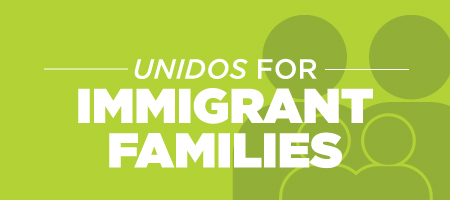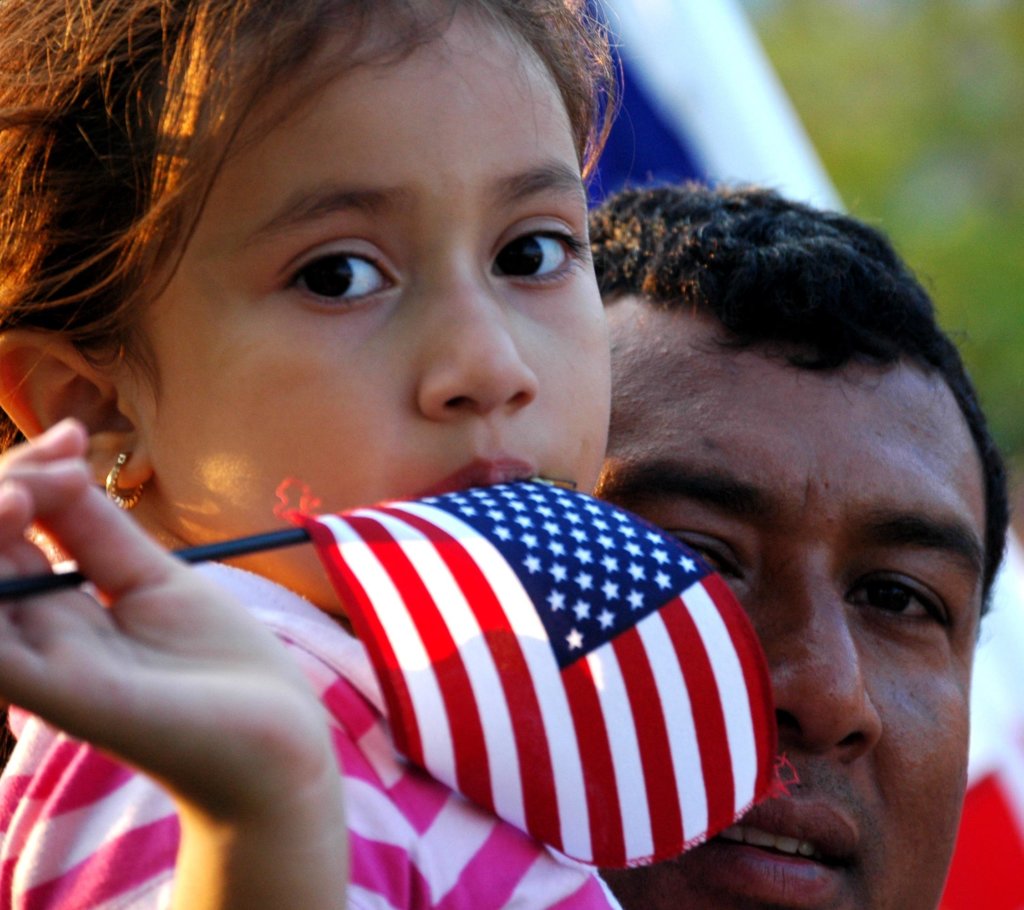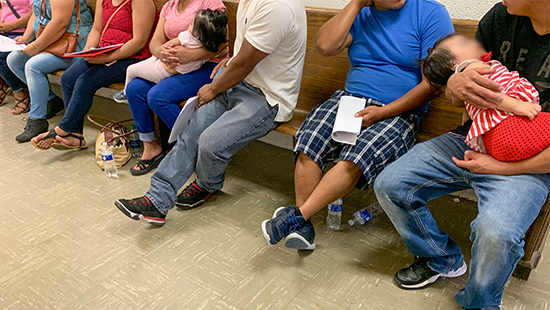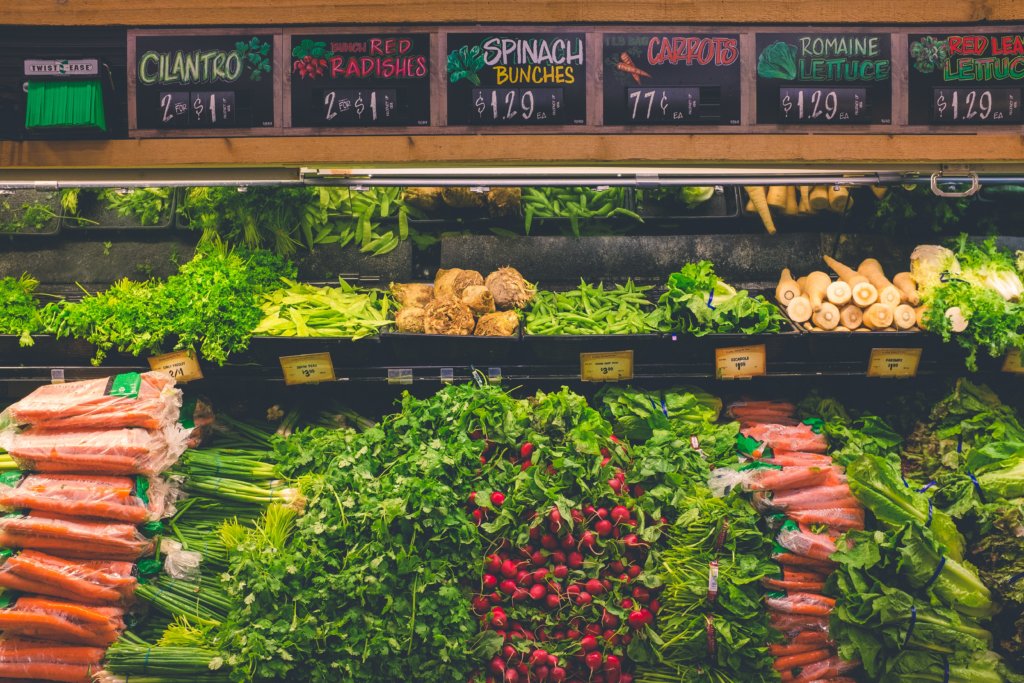What we know about the harms of public charge so far
The new public charge rule poses a threat to millions of Americans and their families, especially low-income households and people of color.
By Emily Ruskin, UnidosUS Immigration Policy Analyst
On August 14, the Department of Homeland Security (DHS) published a final rule on public charge, effective October 15. The rule broadens the ‘public charge test’ immigration officials use to determine who qualifies for a green card (Lawful Permanent Resident status, LPR) or extensions to certain visa classes. The rule expands criteria which count against eligible immigrants in their applications, including having a critical health condition, one’s age, or accessing public benefits, such as Medicaid or SNAP (foods stamps). In essence, the new rule creates a wealth test to block low-income immigrants from obtaining green cards.
Keep up with the latest from UnidosUS
Sign up for the weekly UnidosUS Action Network newsletter delivered every Thursday.
This is by design; according to the Washington Post, Trump aide Stephen Miller “views the public charge rule as vital to his goal of reducing immigration, and he has told colleagues it will have ‘socially transformative effects’ on American society.” UnidosUS warned of the administration’s racially charged shadow war on immigrant families in 2018.

The magnitude of the rule’s impact is still uncertain. A DHS analysis estimates the final rule will directly impact between 230,000 and 300,000 people in immigrant households due to forgoing or disenrolling from necessary public benefits. Still, the impacts could be broader: the rule gives case officers wide discretion to deny a green card application if they find the applicant “likely” to become a public charge in the future. The chill that criteria as vague and subjective as “likely” casts on immigrant communities will cause pervasive, indirect harm, and DHS knows it. The agency acknowledges the new rule could lead to worse health outcomes, increased rates of poverty and housing instability, and reduced productivity and educational attainment across the country, but does not estimate how far the chilling and spillover effects might reach. DHS’s analysis of the rule also omits the rule’s estimated economic impacts. Perhaps this is because the Fiscal Policy Institute estimates the ripple effects of the rule change could cost the American economy up to $33 billion and 230,000 jobs.
Nay-sayers may minimize the threat of public charge, pointing to earlier, harsher drafts as evidence that the final rule will have a limited impact. Given the chilling effects mentioned above however, many American children are at risk of losing critical supports: Medicaid/CHIP and SNAP are necessary lifelines for more than nine million U.S. born children in immigrant families. Pediatricians from Harvard warn the spill-over effects of public charge could prevent up to two million children with chronic illnesses and special health needs from receiving the care and nutrition they need; the doctors predict this could cause avoidable lifelong disabilities and even child deaths. The harm to children under public charge is part of a larger assault on nearly six million U.S. citizen children in immigrant families, which UnidosUS exposed in a March 2019 report.

Historical data back these fears. Following the Welfare Reform Act of 1996, immigrant enrollment in public assistance programs dropped drastically—between 20 and 60%, depending on the program—despite most immigrants remaining eligible for benefits. Confusion and fear were so widespread that U.S. citizen enrollments also dropped 14%. Indeed, chilling effects became so dire, the federal government issued tri-agency guidance to state governments in 2000 to reverse some of the damage. These chilling effects are well documented; in fact, they are published on the U.S. Department of Health and Human Services website. To resurrect such a damaging policy despite robust evidence of its harm indicates that indeed, the harm is intentional.
Early reports of chilling effects before the final rule was published already suggest the new rule poses a threat to millions of Americans and their families, especially low-income households and people of color. Evidence of chilling effects are especially clear in programs which are explicitly exempt from public charge, such as programs for children. Below are some examples of how the fear and confusion surrounding public charge are already harming families across the United States.

Negative Health Impacts
- Health Care: Since the announcement of the proposed rule in 2018, researchers have observed drops in Medicaid and CHIP enrollments. Georgetown University’s Center for Children and Families found that more than 800,000 (or 2%) fewer children were enrolled in Medicaid and CHIP at the end of 2018 than in 2017. Child enrollments have only declined once since 2000, and in fact were up 5% in 2017. While there may be other contributing factors to changes in enrollments, such a steep reversal defies nearly two decades of trends. For now, state-funded health insurance is exempt from public charge. All the same, in 2019, Covered California—the state’s health exchange marketplace—reported disenrollment by members of households where English is not the primary language between 28 to 46%. Enrollment for English speakers dropped only 22% in that same time frame.
- Nutrition: The American Public Health Association noted a 10% drop in eligible immigrant SNAP enrollments nationwide in 2018. The outlook is made grimmer by a March 2019 study, which found that drops in SNAP are rising concurrently with an increase in child food insecurity in the United States, especially in immigrant families. At the local government level, New York City saw a nearly 14% drop in Hispanic immigrant enrollments in SNAP from 2018 to 2019, and a 6.4% drop in Hispanic U.S. citizen enrollments in SNAP. There are also anecdotal reports that immigrants are avoiding food banks out of fear. Despite being completely exempt from public charge, agencies in at least 18 states are reporting drops in participation in the federal nutrition program for women, infants, and children (WIC), some by as much as 20%.
https://www.facebook.com/cnn/videos/509750596239631/
Other Negative Impacts
- Education: Free and reduced-price school lunch programs are also exempt from public charge, but some immigrant families are still fearful. Not only do students who disenroll miss out on critical nutrition for their development, schools miss out on critical funding. Schools rely on free and reduced lunch enrollment counts for Tile I federal funds: dropping headcounts mean dropping dollars, as a school in Baltimore learned. At the higher education level, U.S. citizen children in immigrant families are afraid to apply for financial aid for fear it might risk their loved ones’ immigration status. As a bitter irony, the unaided cost is deterring some children in immigrant families from pursuing college degrees, which are widely understood to be key components of the “bootstraps” by which Acting USCIS Director Ken Cuccinelli would have immigrants and their families pull themselves up.
- Survey results: Researchers at the University of California, San Diego conducted surveys of undocumented immigrants living in the United States before the final rule was published. Respondents with U.S. citizen children were 10% less likely to seek preventive health care services for their children when they were told about proposed changes to the public charge rule. In a 2019 Urban Institute survey, one in seven immigrant adults polled reported they avoided public benefits in 2018. In Hispanic immigrant families and families with children, closer to one in five respondents avoided benefits in 2018.
Critics of public benefits who favor welfare ‘reform’ may tout dropping enrollments as a success. It is hard to imagine a ‘successful’ policy that actively, knowingly harms children. Today, we fancy such callousness to be a relic of a Dickensian past—an old man in a dressing gown, cursing those who cannot afford to live to hurry up and die, “and decrease the surplus population.” But in 2019, it is very much our present, and if we do not stop this rule now, we also risk our nation’s future.
The lengths that this Administration will go to instill fear and chaos in our community has no bounds. The #PublicCharge puts American children living in mixed-immigration status at risk. Everyone should fight this unjust, bigoted, and counterproductive regulation. pic.twitter.com/2gIbKe7EWk
— UnidosUS (@WeAreUnidosUS) August 12, 2019


